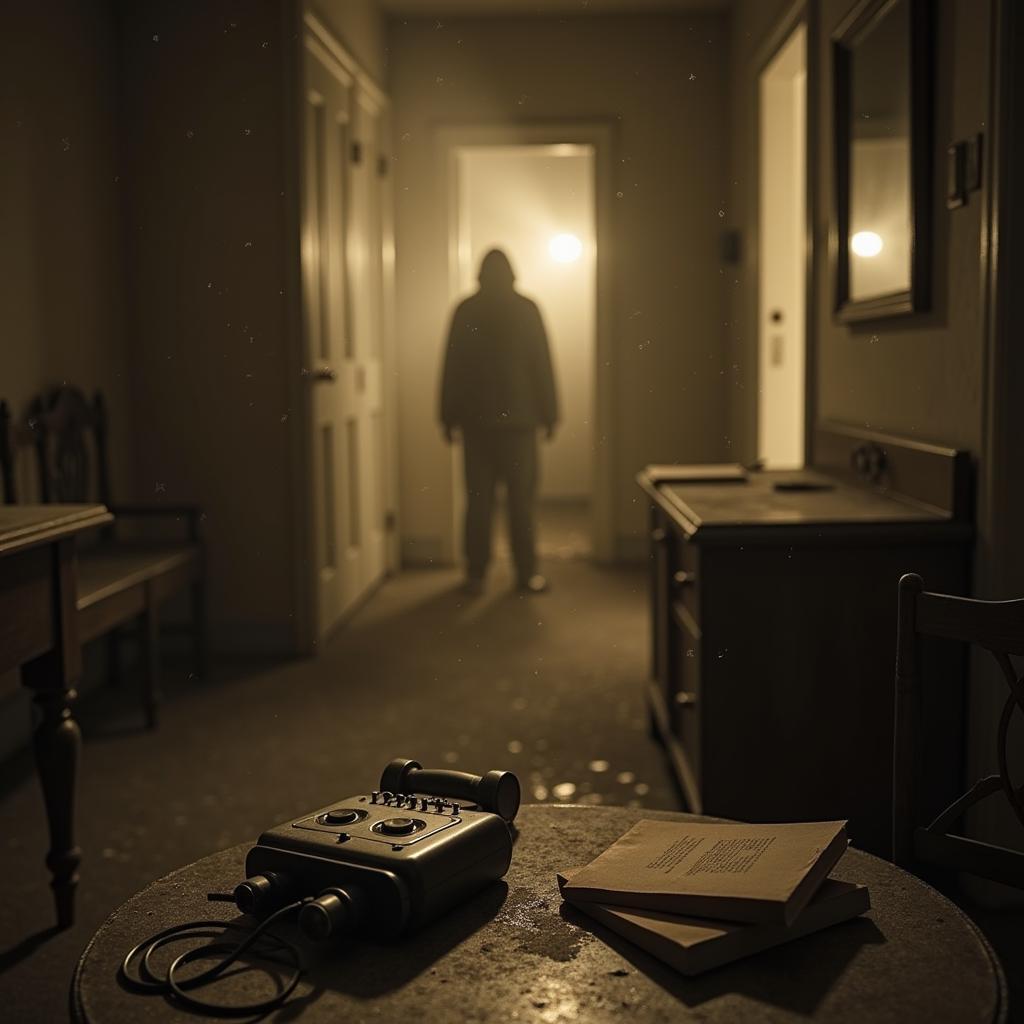The term “research approach” refers to the overall strategy and philosophical foundation that guides a research project. It’s the framework that shapes how you collect, analyze, and interpret data to answer your research questions. Choosing the right approach is crucial for the validity and reliability of your findings.
Decoding Research Approaches
Think of a research approach as a roadmap leading to your research destination. Just like you wouldn’t embark on a cross-country road trip without a map, you shouldn’t start a research project without a clear understanding of your chosen approach.
There are two primary categories of research approaches:
1. Qualitative Research Approach
This approach delves into the “why” and “how” of phenomena. It explores complex social and human experiences through in-depth data collection methods like:
- Interviews: Gathering rich, detailed perspectives from individuals.
- Focus Groups: Facilitating discussions among a group to uncover shared and divergent views.
- Observations: Systematically watching and recording behaviors and interactions in natural settings.
- Document Analysis: Examining existing texts, such as diaries, articles, or policy documents, to extract relevant information.
Imagine you’re researching haunted locations. A qualitative approach would involve interviewing witnesses, analyzing historical accounts, and observing the site for unusual activity.
 Qualitative Research in Paranormal Investigations
Qualitative Research in Paranormal Investigations
2. Quantitative Research Approach
Quantitative research seeks to measure and quantify phenomena using statistical analysis. It aims to establish relationships, test hypotheses, and generalize findings to a larger population. This approach employs methods such as:
- Surveys: Collecting structured data from a large number of respondents using questionnaires.
- Experiments: Manipulating variables in a controlled environment to determine cause-and-effect relationships.
- Statistical Analysis: Employing mathematical techniques to analyze numerical data and identify patterns.
For instance, a quantitative approach to studying telepathy might involve conducting controlled experiments to measure the success rate of individuals sending and receiving thoughts.
Choosing the Right Approach for Your Paranormal Research
Selecting the most suitable research approach depends on the nature of your research question and your overall objectives. Here’s a guide:
-
Use a qualitative approach when:
- You want to explore a phenomenon in depth and understand its complexities.
- You’re dealing with subjective experiences, beliefs, and meanings.
- You need to generate hypotheses or gain a deeper understanding before conducting quantitative research.
-
Opt for a quantitative approach when:
- You want to measure the prevalence or frequency of a phenomenon.
- You need to test a specific hypothesis and establish statistical significance.
- You aim to generalize your findings to a larger population.
Sometimes, the best approach is a mixed-methods approach, combining elements of both qualitative and quantitative research. This allows for a more comprehensive understanding of the phenomenon under investigation.
Navigating the Paranormal Landscape: Research in Action
Let’s consider a few examples of how different research approaches can be applied to paranormal investigations:
-
Ghost Hunting: A mixed-methods approach could involve collecting qualitative data through eyewitness interviews and EVP recordings, combined with quantitative data from electromagnetic field readings and temperature fluctuations.
-
Psychic Abilities: A quantitative approach could involve designing experiments to test the accuracy of psychic readings or the effectiveness of remote viewing techniques.
-
Cryptozoology: A qualitative approach could focus on gathering eyewitness accounts and analyzing physical evidence, such as footprints or hair samples, to support the existence of cryptids.
[research on the causes of schizophrenia strongly suggests that](https://midatlanticparanormalresearch.com/research-on-the-causes-of-schizophrenia-strongly suggests-that/)
Conclusion
Understanding the different research approaches is essential for anyone venturing into the world of paranormal research. By carefully considering your research question and choosing the most appropriate approach, you can enhance the validity and reliability of your findings, shedding light on the mysteries that lie beyond the veil of the unknown.
Remember, the key to unlocking the secrets of the paranormal lies in rigorous and systematic research. By embracing a scientific and critical thinking mindset, we can move beyond mere speculation and delve into the heart of these enigmatic phenomena.
Frequently Asked Questions
1. Can I combine qualitative and quantitative approaches in my research?
Absolutely! Combining approaches, known as mixed-methods research, allows for a more comprehensive understanding of complex phenomena.
2. Which approach is better for paranormal research?
There’s no one-size-fits-all answer. The best approach depends on your specific research question and goals.
3. Is paranormal research considered scientific?
Paranormal research often faces challenges in meeting traditional scientific standards. However, by adopting rigorous research methods, we can strive for greater scientific credibility.
4. Where can I find reliable resources on paranormal research methods?
Reputable organizations like the Society for Psychical Research and the Parapsychological Association offer valuable information and guidelines.
5. What are some ethical considerations in paranormal research?
It’s crucial to prioritize informed consent, protect the privacy of participants, and approach investigations with sensitivity and respect.
Need help with your Paranormal Research?
Contact us at:
Phone: 0904826292
Email: research@gmail.com
Address: No. 31, Alley 142/7, P. Phú Viên, Bồ Đề, Long Biên, Hà Nội, Việt Nam.
Our dedicated team is available 24/7 to assist you.